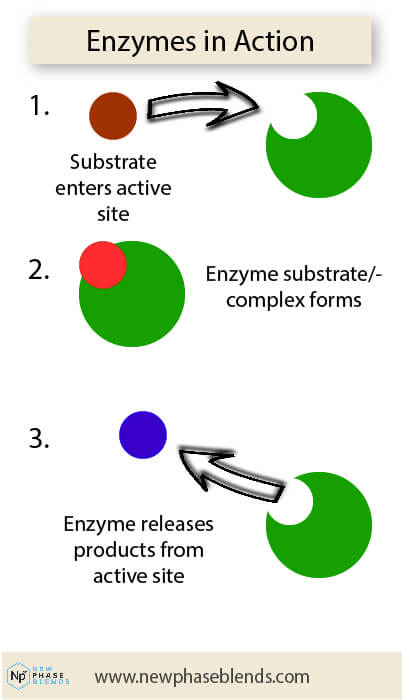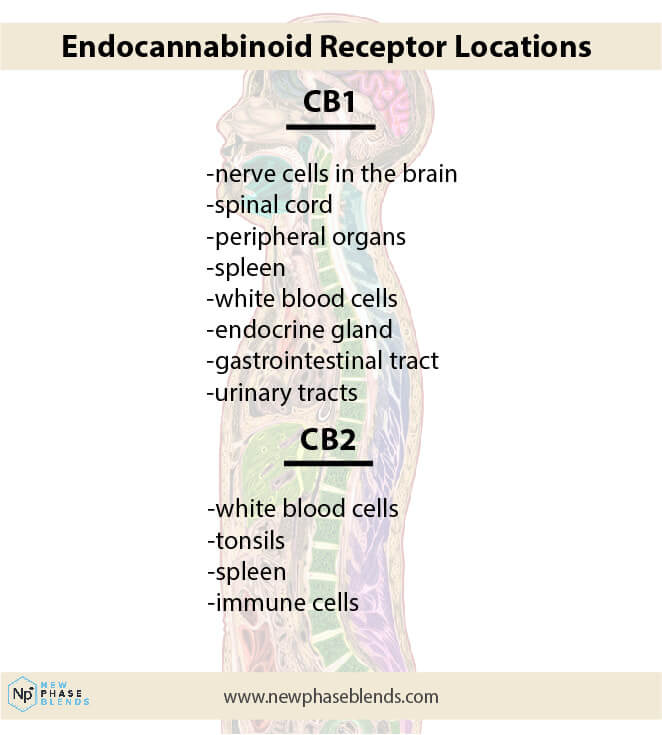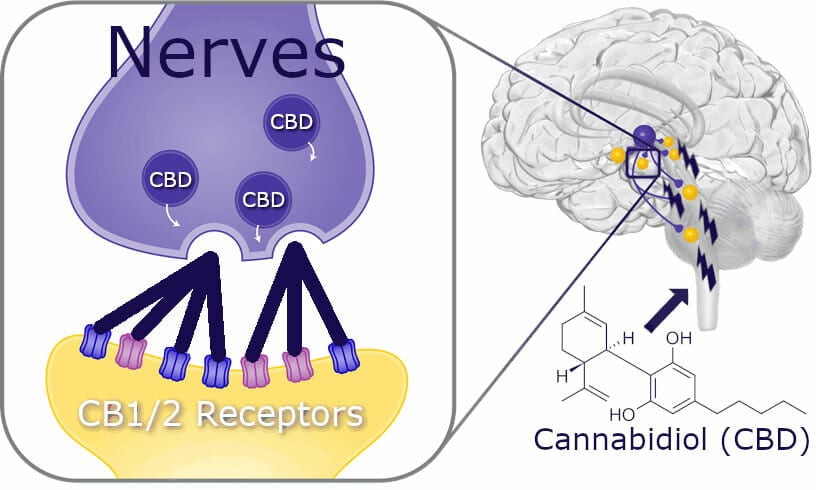Cannabigerol (CBG) is, arguably, the most important cannabinoid found in the cannabis plant. Without this cannabinoid, no other plant chemicals would exist. This is the reason why CBG is referred to as the mother of all cannabinoids. In today’s cannabinoid journal entry, we cover all things CBG.
What is Cannabigerol, or CBG?
Cannabigerol (CBG) is an important constituent of the cannabis plant. Although it is often referred to as a minor cannabinoid, it is the non-acidic form of the cannabigerolic acid (CBGA), the parent molecule from where all other cannabinoids are made.
This is why CBG is often referred to as the mother of cannabinoids. CBG occurs in minute quantities in adult cannabis plants since CBGA is converted to other forms of cannabinoids like cannabidiol (CBD) and tetrahydrocannabinol (THC).
Only about 1% of the total concentration of CBGA gets converted to CBG.

CBG was discovered by Yehiel Gaoni and Raphael Mechoulam in 1964 as a powerful, yet a non-intoxicating member of the cannabinoid family. The group of researchers isolated the compound from Hashish, a resin from an active flowering marijuana plant.
During the flowering cycle, CBGA is either converted into tetrahydrocannabinolic acid (THCA) and cannabidiolic acid (CBDA), which are precursors for the famous THC and CBD. The remaining CBGA (about 1%) is later converted into CBG via the decarboxylation (removal of carbon) from the acidic group.
Although most cannabis plants contain a little to no CBG, this narrative is about to change soon as growers are working towards making a CBG-heavy strain.
The Mother of All Cannabinoids: CBG
Let’s cover more details about why CBG is considered the mother cannabinoid.
As you already know, cannabigerol is the mother cannabinoid, but why, exactly, does it hold that name? How does the transformation into other cannabinoids work?
For starters, the acidic form of CBG (CBGA) is actually a precursor to these other cannabinoids:
- Cannabidiolic acid (CBDA)
- Cannabichromenic acid (CBCA)
- Tetrahydrocannabinolic acid (THCA)
The acidic form of CBG is what is primarily found in cannabis throughout the plant’s early to mid growth stages. After the plant is harvested, the CBGA levels are extremely low. This is because it has already converted into other cannabinoids by this point. Decarboxylation is the process responsible for making acidic forms of cannabinoids change into their non-acidic counterparts, or even change into completely different plant chemicals!
How Does CBGA Change into Other Cannabinoids?
Essentially, enzymes are responsible for the breakdown of cannabigerolic acid into other forms of CBG, or even into completely different cannabinoids.
As CBGA is exposed to time, light, and/or heat, it will begin this transformation. A harvested plant is usually subject to these conditions.
Let’s take a look at how CBGA converts into THCA. According to Plant and Cell Physiology, “Cannabigerolic acid (CBGA), a precursor of THCA, is the product of the alkylation of olivetolic acid with geranyl pyrophosphate by an enzyme called geranylpyrophosphate:olivatolate geranyltransferase (Fellermeier and Zenk 1998). Then, CBGA is converted into THCA by a novel enzyme called THCA synthase.“
A similar, but different, process occurs during the transformation into other cannabinoids.
This interest arose from the recent research works exposing the therapeutic potentials of the cannabinoid.
How Does Cannabigerol (CBG) Work?
Just like every other member of the cannabinoid family, CBG interacts with different receptors in the endocannabinoid system we all have. It is important to note that these receptors play an active role in regulating activities like appetite, pain response, mood, and even maintaining our internal balance.
CB1 and CB2 Cannabinoid Receptors
The receptors I just mentioned are classified as the CB1 and CB2 cannabinoid receptors. They are, essentially, a network of cells that talk to each other.
Information from recent findings shows how CBG has a strong affinity for CB2 receptors. The CB2 receptors are expressed in the immune system, where they play regulatory roles in how our immune system responds to diseases.

Although the mode of activity is still unknown, there are speculations from researchers on how CBG may interact with the cannabinoid receptors differently.
Since CBG and CBD are both non-psychoactive, they share some similarities in their therapeutic activities.
Possible Benefits Benefits of CBG
The possible research interests in the therapeutic benefits of CBG started recently. Some of the possible therapeutic benefits of CBG as reported from the research include but are not limited to the following
CBG and Anti-inflammatory properties
The interaction between CBG and the CB2 receptors is a good indicator of how it can modulate the immune cells’ activities. Research shows that CBG has better anti-inflammatory properties when compared with CBD.

This potential therapeutic benefit has been tested on subjects with inflammatory bowel diseases with an excellent result.
Antibacterial Properties of CBG
There are reports on how CBG can exhibit an excellent antibacterial activity against drug-resistant MRSA. There is also evidence of how it can prevent the formation of biofilms. Biofilms are communities of microorganisms that allow them to attach to surfaces and resist the power of antibiotics. CBG’s antibacterial activity proceeds by targeting the cell membrane of the bacterial species.
Eye Care
There are reports on how CBG can play an active role in the treatment of glaucoma. Although the research was carried out on lab animals, researchers are confident CBG may produce a similar effect on humans.
Pain Relief
A 2010 study on mouse brain membranes shows how CBG can act as an alpha-2-adrenoceptor agonist. This means CBG can control pain sensation in rats. Further research reported how CBG could serve as a more potent analgesic than THC.
Related: How to Use CBD Oil For Pain
Nervous System Conditions and Damage
There are reports on how CBG can provide relief in neurodegenerative conditions like Huntington’s disease. CBG can protect neurons and prevent the establishment of inflammatory diseases.
Are CBD and CBG Similar?
Related: CBD vs CBG
They are similar in the manner that they are both plant chemicals found within cannabis. Most research done on cannabinoids revolve around either THC, or CBD – not CBG.
For this reason, CBD remains the go-to cannabinoid to help offer relief from different symptoms people experience. There simply isn’t enough scientific research done on CBG (yet) to be able to make wild medical claims on how it can help people.
Interesting Facts About Cannabigerol (CBG)
- CBG has a slight affinity for CB1 receptors, which is approximately equal to that of CBD.
- It’s acidic form can turn into other cannabinoids.
- Harvested cannabis plant will contain smaller amounts of CBG and CBGA, due to their conversions during decarboxylation.
- CBG is a major cannabinoid and may be absent in the list of banned substances in most countries. However, it is important you understand the local laws guiding the use of hemp products before trying one.
References
Gaoni, Y., & Mechoulam, R. (1964). Isolation, Structure, and Partial Synthesis of an Active Constituent of Hashish. Journal of the American Chemical Society, 86(8), 1646–1647. DOI: https://doi.org/10.1021/ja01062a046
Borrelli, F., Fasolino, I., Romano, B., Capasso, R., Maiello, F., Coppola, D., … Izzo, A. A. (2013). Beneficial effect of the non-psychotropic plant cannabinoid cannabigerol on experimental inflammatory bowel disease. Biochemical Pharmacology, 85(9), 1306–1316
Maya A. Farha, Omar M. El-Halfawy, Robert T. Gale, Craig R. MacNair, Lindsey A. Carfrae, Xiong Zhang, Nicholas G. Jentsch, Jakob Magolan, Eric D. Brown.Uncovering the Hidden Antibiotic Potential of Cannabis ACS Infectious Diseases, 2020; DOI:10.1021/acsinfecdis.9b00419
COLASANTI, B. K. (1990). A Comparison of the Ocular and Central Effects of Δ9-Tetrahydrocannabinol and Cannabigerol. Journal of Ocular Pharmacology and Therapeutics, 6(4), 259–269. DOI: https://doi.org/10.1089/jop.1990.6.259
Banerjee SP, Snyder SH, Mechoulam R. Cannabinoids: influence on neurotransmitter uptake in rat brain synaptosomes. J Pharmacol Exp Ther. 1975;194(1):74-81.
Valdeolivas S, Navarrete C, Cantarero I, Bellido ML, Muñoz E, Sagredo O. Neuroprotective properties of cannabigerol in Huntington’s disease: studies in R6/2 mice and 3-nitropropionate-lesioned mice. Neurotherapeutics. 2015;12(1):185-199. doi:10.1007/s13311-014-0304-z
Supaart Sirikantaramas, Futoshi Taura, Yumi Tanaka, Yu Ishikawa, Satoshi Morimoto, Yukihiro Shoyama, Tetrahydrocannabinolic Acid Synthase, the Enzyme Controlling Marijuana Psychoactivity, is Secreted into the Storage Cavity of the Glandular Trichomes, Plant and Cell Physiology, Volume 46, Issue 9, September 2005, Pages 1578–1582, https://doi.org/10.1093/pcp/pci166
Back to List of Cannabinoids













